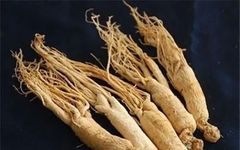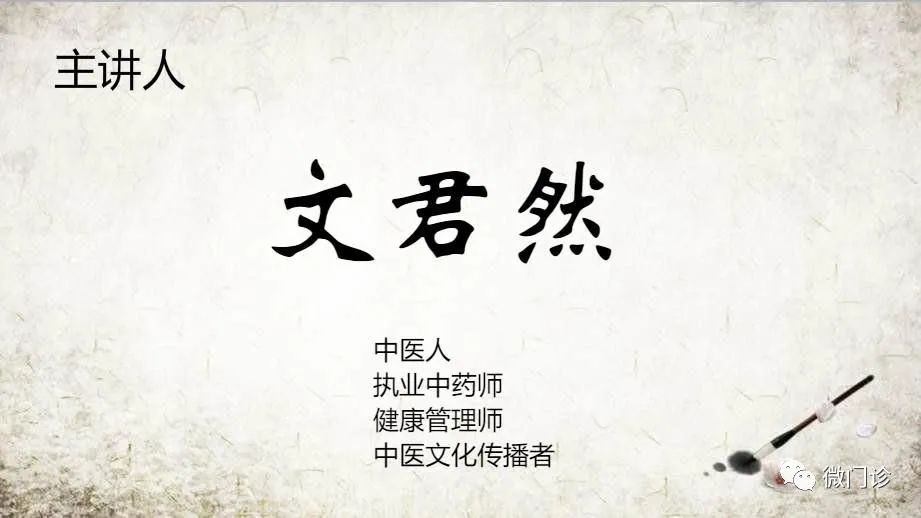
(This article is for learning and reference only and cannot replace medical advice and prescriptions. The combinations and formulas mentioned must be referenced and applied under the guidance of a TCM practitioner, and should not be attempted blindly!)
Theoretical basis of this article: “Formulas and Prescriptions”, “Chinese Herbal Medicine”
Hello, I am a TCM practitioner, Wen Junran.
People often ask me, “Teacher Wen, what is the purpose of life?”
I am not a philosopher, nor a romance novelist, so I feel a bit lost when faced with such questions.
However, as a TCM practitioner, I can responsibly tell you that the purpose of life is to balance yin and yang.
Isn’t it true? The balance of yin and yang is the premise for the orderly functioning of our bodies. We are constantly maintaining the balance of yin and yang in our bodies, allowing life to continue. When we are thirsty, we drink water; when we are hungry, we eat; when we are tired, we sleep; when we are cold, we warm up; when we are overheated, we cool down… All these actions are about coordinating yin and yang. Even the romances we pursue in our youth are in search of yin and yang balance.
If one day, the yin and yang in our bodies become unbalanced, and the qi of yin and yang is severed, then our life will come to an end.
So I say, living means constantly coordinating yin and yang.
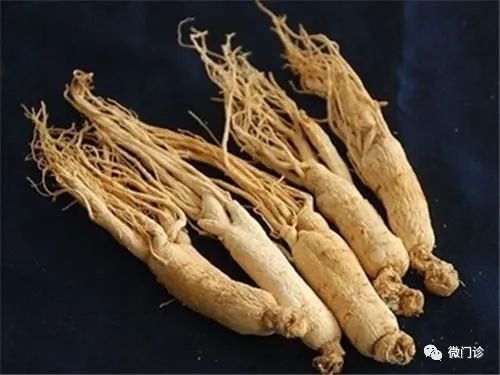
Did you know? In our world of TCM, there are many formulas that can balance and coordinate yin and yang.
Today, I will introduce you to a formula called Sheng Mai San (生脉散, Ginseng and Ophiopogon Decoction).
Sheng Mai San is a traditional TCM formula composed of three herbs: Ren Shen (人参, Ginseng), Mai Dong (麦冬, Ophiopogon), and Wu Wei Zi (五味子, Schisandra). It originates from the book “Medical Enlightenment”. The original formula does not specify exact dosages, but later practitioners suggest a standard dosage of 9 grams each of Mai Dong and Ren Shen, and 6 grams of Wu Wei Zi. Of course, adjustments can be made based on clinical situations.
This formula is used to tonify qi, generate fluids, and stop sweating. Some individuals may experience deficiency of both qi and yin, leading to symptoms such as fatigue, shortness of breath, mental exhaustion, thirst, dry mouth, excessive sweating, a red tongue with little coating, and a weak pulse. In such cases, this formula can be used.
So, why can this formula coordinate yin and yang? Let me give you an example.
There was a woman, surname Li, aged 28.
What was her problem? She experienced diarrhea and loss of appetite whenever her living environment changed.
Her husband worked on the Qinghai-Tibet Plateau. She had the opportunity to visit him once a year.
However, she found that as soon as she went to the Qinghai-Tibet Plateau, she immediately developed diarrhea, loss of appetite, palpitations, and dizziness, feeling extremely unwell. Strangely, these symptoms would disappear as soon as she returned home. Therefore, every visit was a test and even a torment for her.
Someone told her that this situation was likely due to an incompatibility with the local environment. She herself knew that this was almost a manifestation of environmental incompatibility. However, she could not find a solution, and medications she tried were ineffective.
Later, she consulted a TCM practitioner.
After understanding her situation, the practitioner suggested that she take Sheng Mai San three days before going to Tibet. The dosage was Ren Shen 10 grams, Mai Dong 15 grams, and Wu Wei Zi 6 grams, taken once daily for 10 days, and to continue taking it while in Tibet.
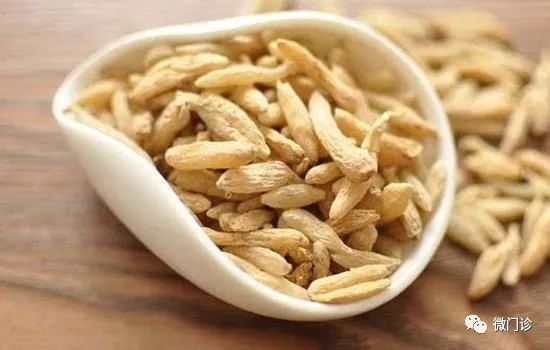
As a result, this method worked! After going to Tibet, she did not experience diarrhea, dizziness, or any other symptoms, and felt just as well as usual, eventually returning home safely.
Since then, she has used Sheng Mai San every time she goes to Tibet, and it has consistently worked.
This is a small clinical case I observed a few years ago while studying the clinical application of Sheng Mai San.
I have pondered over this.
Why did the patient achieve therapeutic effects using Sheng Mai San? Initially, I thought that the issues she experienced upon arriving at the Qinghai-Tibet Plateau were due to qi deficiency. Look at her symptoms: palpitations, dizziness, poor appetite, diarrhea—aren’t these signs of qi deficiency? When qi is deficient, it cannot support the heart, leading to palpitations. When qi and blood do not reach the head, she experiences dizziness. With insufficient zhong qi, she has poor appetite and diarrhea.
Sheng Mai San is originally a formula that tonifies qi and yin. Ren Shen is the most important herb for tonifying yuan qi. Coupled with Mai Dong and Wu Wei Zi to nourish the heart and astringe, it naturally achieves results.
However, later I realized that this line of thinking was incorrect. If the patient truly had qi deficiency, then why was she fine at home but not in a different location? Moreover, there are many formulas for tonifying qi; why did she specifically need Sheng Mai San?
Thus, the issue cannot be viewed so simply.
After much contemplation, I came to understand that the root cause of her environmental incompatibility was the mismatch between her body and the local natural environment, leading to an imbalance of yin and yang.
Dear readers, the balance of yin and yang in our bodies is inseparable from the stability of our natural living environment. The coordination of yin and yang balance is, in simple terms, a stable bodily operation process. If our living environment changes, the yin and yang energies in our bodies will also be affected, requiring them to re-coordinate and rebuild order. Some individuals find this process difficult to complete. This is the origin of environmental incompatibility.
Since this is the case, we need to use some methods to help the patient’s yin and yang return to balance in the shortest possible time.
At this time, what formula should be used? Sheng Mai San is one of the options.
How does Sheng Mai San regulate yin and yang? You see, Ren Shen tonifies qi. Mai Dong and Wu Wei Zi nourish fluids. Qi represents yang, while fluids represent yin. This is a dual supplementation of yin and yang. Furthermore, Ren Shen enters the heart and kidney meridians, warming kidney yang and simultaneously tonifying heart qi. Mai Dong and Wu Wei Zi enter the heart meridian, nourishing heart yin and benefiting heart blood. This is a dual supplementation of heart and kidney. The heart is the yang organ, while the kidney is the water organ. Warming kidney yang balances the coldness of kidney water. Nourishing heart yin can balance the excess of heart fire. The heart and kidney, as the two extremes of yin and yang in the body, when harmonized and blended, achieve the best state of the body.
Therefore, Sheng Mai San, when studied deeply, is a formula that regulates yin and yang balance and enhances the body’s adaptability.
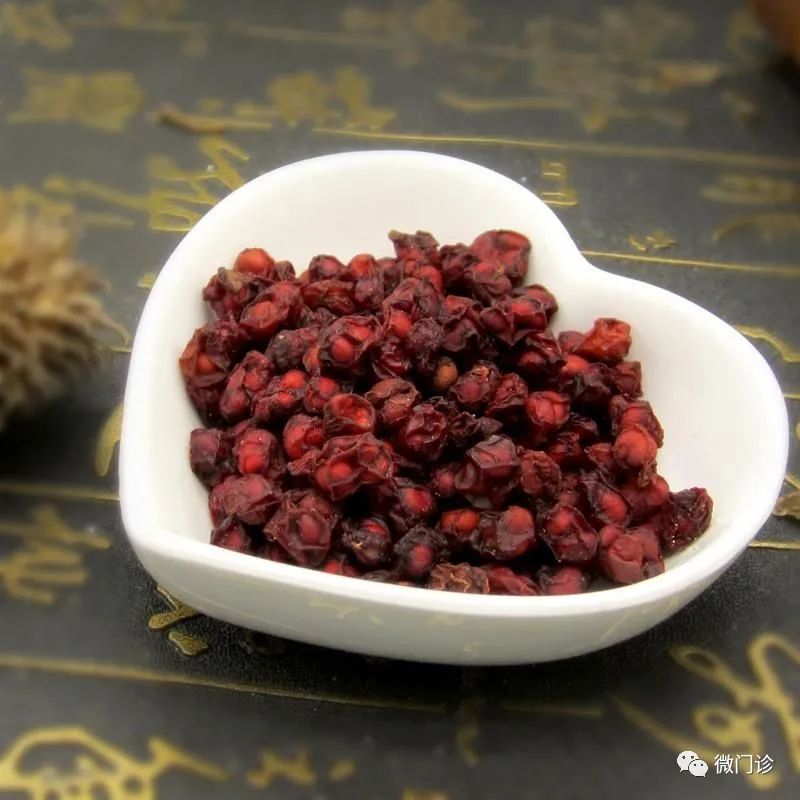
In this regard, I have also consulted a large amount of relevant literature. The modern TCM pharmacology text “Pharmacology and Application of TCM Formulas” provides a detailed interpretation of the pharmacological effects of Sheng Mai San. It indeed has excellent effects in enhancing heart function, promoting blood circulation, and increasing the body’s tolerance to hypoxia. It is no wonder that the patient in the above case could prevent illness by using Sheng Mai San before going to Tibet.
Therefore, I believe that Sheng Mai San helps us improve symptoms of environmental incompatibility by coordinating yin and yang. The main symptoms of the patient were diarrhea, poor appetite, palpitations, dizziness, and so on. This experience is worth our understanding and learning.
Speaking of which, there are many formulas in TCM that coordinate yin and yang. Especially some yin tonics, heat-clearing agents, and yang warming agents, etc. Sheng Mai San, as a dual supplement of qi and yin, is also coordinating yin and yang. Once we clarify this, many issues will become understandable.
Sheng Mai San has many applications in TCM clinical practice. It can be used in the respiratory system, circulatory system, digestive system, as well as in urology, dermatology, and otorhinolaryngology. Due to space limitations, I cannot elaborate further; we will continue this discussion later.
In summary, TCM is a profound and extensive discipline. TCM formulas, as the essence and core of the TCM knowledge system, contain many aspects worth exploring. Their effects on the human body cannot be fully explained within the framework of Western medicine. The coordination of yin and yang is one such effect, which can only be understood and appreciated through TCM theories and thinking.
Alright, that’s all for now. Thank you for reading, Teacher Wen.

